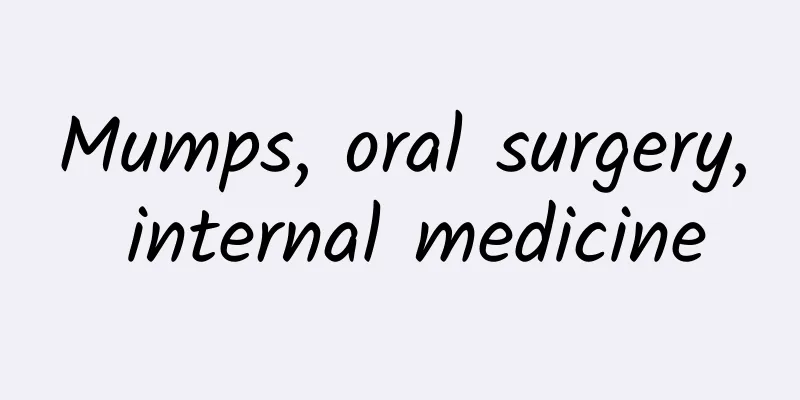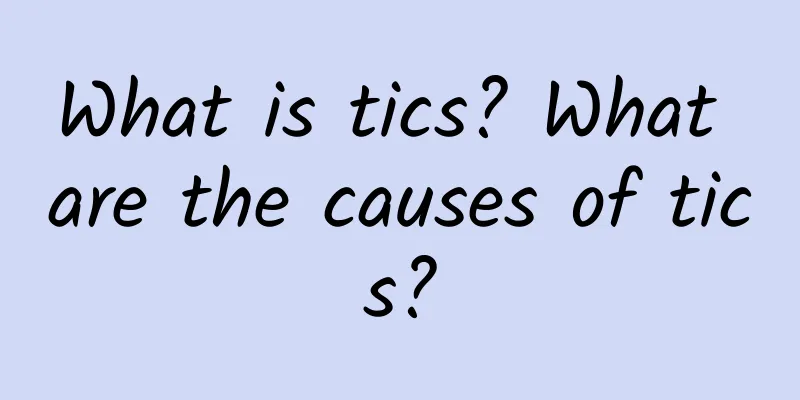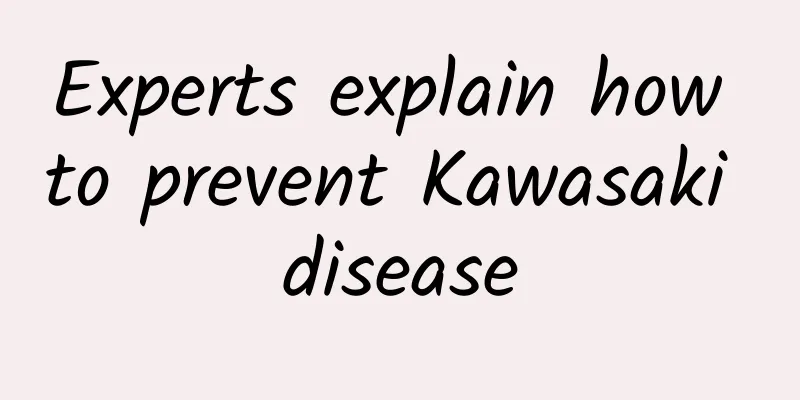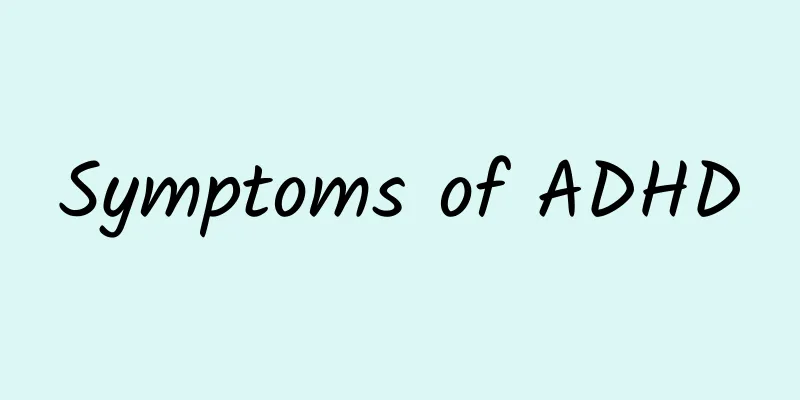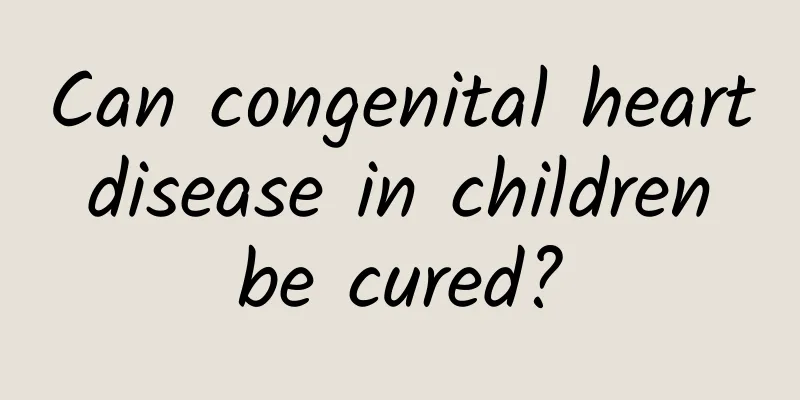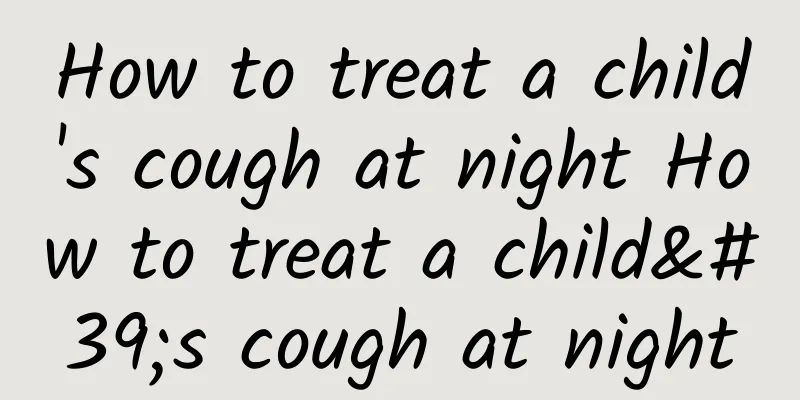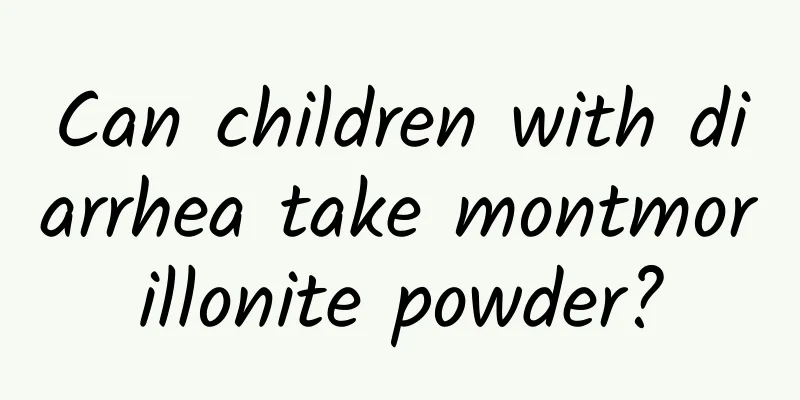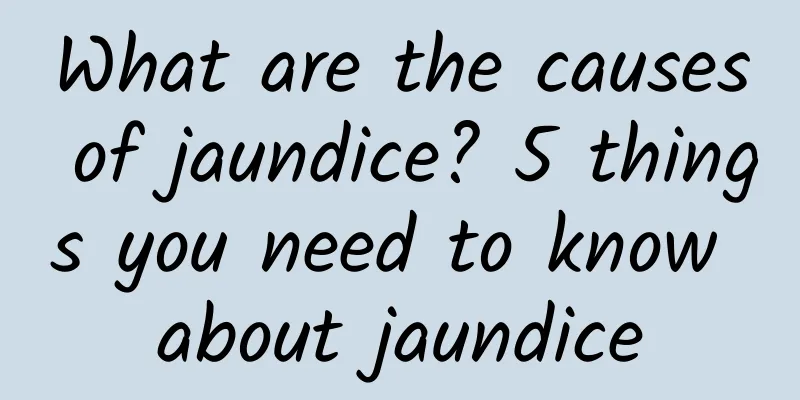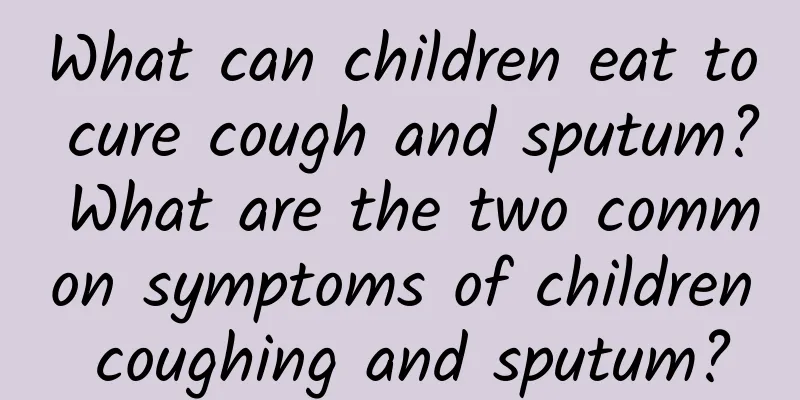What are the symptoms of eczema in children? What are the sequelae of eczema in children?
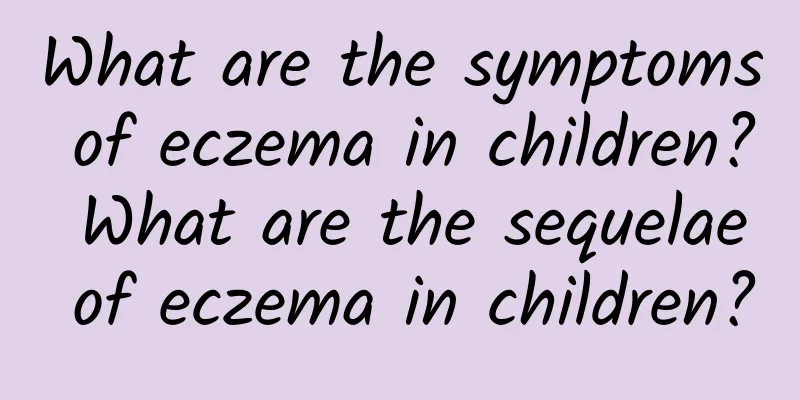
|
The adverse symptoms of childhood eczema, if in the acute stage, are usually some dense small red papules and blisters; in the subacute stage, the skin is generally dominated by small papules, with some white scales, and some residual papulovesicles and erosions; finally, in the chronic stage, repeated attacks will occur and the rash will undergo pigmentation. In real life, especially in growing children, it is easy to induce the occurrence of various skin diseases, and childhood eczema is a relatively common skin disease, which has a certain impact on the health of children and must be treated early. So, what are the symptoms of childhood eczema? Let's learn about it below! 1. Acute phase Generally speaking, the characteristic of childhood eczema is its rapid onset, and the affected children's skin shows numerous clustered small red papules and erythema with basal edema, which quickly turn into papulovesicles and small blisters. After the blisters break, they become eroded and have obvious yellow exudate or are covered with yellow-white serous crusts of varying thickness. They gradually spread to the surrounding areas, and scattered small papules, also called satellite rashes, can be seen on the periphery. 2. Subacute phase During this period, acute eczema often induces some adverse symptoms such as exudation, redness, swelling and scabs, which will gradually subside, and the skin is usually dominated by small papules, sometimes with white scales, or a few papulovesicles and erosions. At this time, the itching sensation is often slightly milder, but the duration is often longer. 3. Chronic stage This condition usually recurs, and is more common in infants and young children over 1 year old. The rash is pigmented, the skin becomes coarse and slightly thick, and rarely lichenification may occur. It is distributed on the limbs, especially in the four fossa. If it occurs on the palms, soles or joints, cracks and pain will occur. If it is not treated properly, or under certain inducements, acute recurrence may occur at any time, followed by severe itching. In this case, parents must take good care of their children. It should be noted that if a child has eczema, it is easy to induce dry skin. If it is not treated or not cured for a long time, it will cause the surface of the child's skin to thicken. Moreover, it will be accompanied by blisters and rashes, which will affect the appearance and induce bacterial infection. |
<<: How to treat hernia in children How to regulate hernia in children
>>: What to do with baby's night terrors? What are the solutions for baby's night terrors?
Recommend
Jaundice can affect children's liver health. How should children with jaundice be treated?
Jaundice is a phenomenon that many newborns will ...
The effect of Hutong cold granules for children, 2 symptoms need to take Hutong cold granules for children
Xiaoer Hutong Cold Granules can relieve fever and...
Causes of diarrhea in children include
The causes of pediatric diarrhea mainly include g...
Will pediatric eczema relapse? 4 factors that easily lead to recurrence
Eczema in children will relapse, and the main rea...
Which hospital is specialized in treating pediatric diarrhea?
Which hospital is professional in treating pediat...
Scientific examination of pneumonia in children
Pneumonia is a respiratory disease and is also a ...
What to do if your baby has a cough and fever? How to treat your baby's cough and fever
Children's immunity is not as good as that of...
What is the cause of polio?
Polio is a very serious acute infectious disease....
Is Kawasaki disease dangerous?
There are many children around us suffering from ...
Does hand, foot and mouth disease in children have an incubation period?
Hand, foot and mouth disease in children has an i...
What are the symptoms of mumps-induced encephalitis?
Mumps is a common viral infection. The mumps viru...
Can ADHD children be completely cured?
Whether children with ADHD can be completely cure...
How to prevent and care for polio
The polio we often talk about is also known as &q...
Is it okay to take Chinese patent medicine for acute laryngitis in children?
Can children with acute laryngitis take Chinese p...
Can coughing in children lead to anemia?
Can coughing in children lead to anemia? Coughing...

